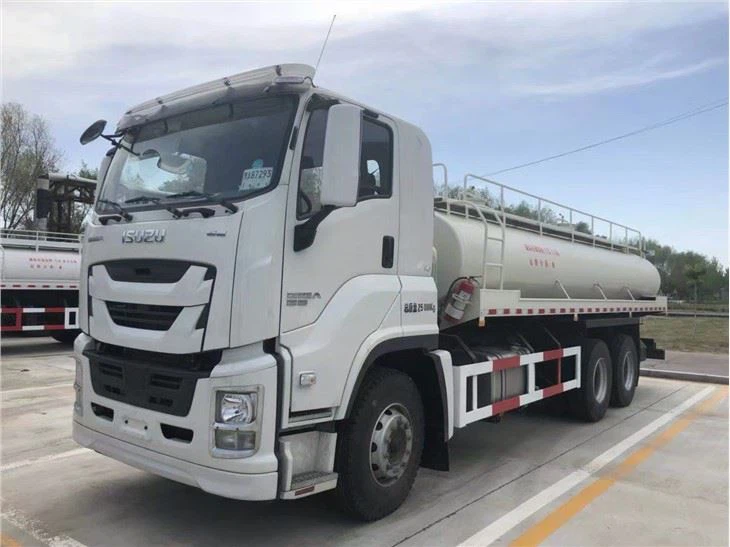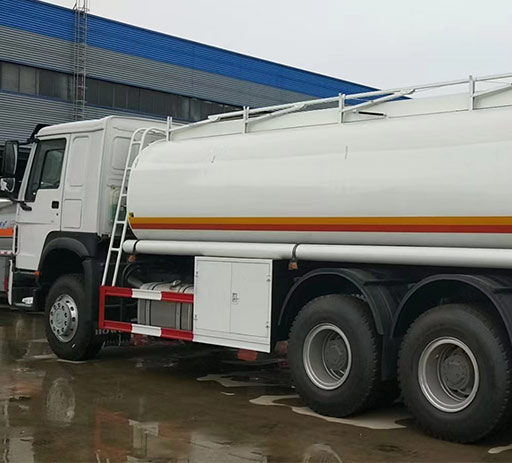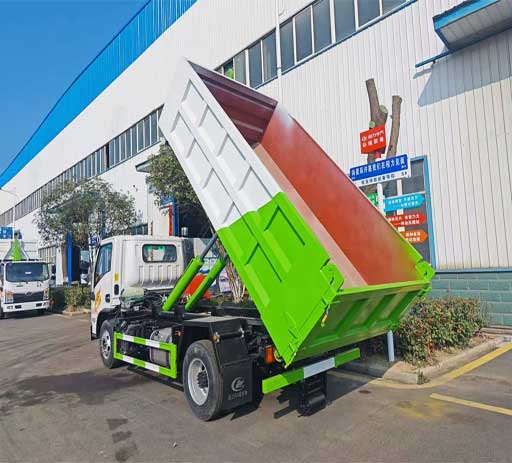Freightliner Rear Loader: A Comprehensive Guide

Introduction
The Freightliner rear loader is a specialized vehicle designed for efficient waste collection and management. As a staple in municipal fleets and waste management services, this truck integrates robust engineering with user-friendly design. Rear loaders are engineered to offer enhanced accessibility for garbage collection, making them a preferred choice for many operators. This article aims to provide a detailed overview of the Freightliner rear loader, including its advantages, features, maintenance tips, and much more.
Understanding the Freightliner Rear Loader

What is a Rear Loader?
A rear loader is a type of garbage truck that features a loading mechanism at the back. This design allows waste collection personnel to easily load refuse into the truck from the rear, enhancing operational efficiency, especially in residential areas.
Key Features of Freightliner Rear Loaders
- Durable Construction: Built with high-strength materials for longevity.
- Advanced Hydraulic Systems: Efficiently lifts and compacts waste.
- User-Friendly Controls: Designed with ergonomic controls for ease of operation.
- Fuel Efficiency: Engineered to provide better fuel consumption rates.
The Benefits of Using Freightliner Rear Loaders
1. Efficiency in Waste Collection
The design of rear loaders allows operators to collect waste more quickly, reducing the time spent at each stop. This increases the number of pickups that can be completed in a day.
2. Enhanced Safety Features
Freightliner rear loaders are equipped with features such as backup cameras and sensors that increase safety during operation. These features help prevent accidents and improve overall operator security.
3. Versatile Applications

Ideal for both residential and commercial waste collection, these trucks are versatile in their usage. Municipalities often use them in neighborhoods and commercial establishments alike.
4. Low Maintenance Costs
Freightliner trucks are designed to require minimal maintenance. Regular servicing and inspections can help keep them in optimal condition, significantly reducing long-term costs.
Key Specifications of Freightliner Rear Loaders
| Specification | Description |
|---|---|
| Engine Type | DD5 or DD8 engines with various horsepower options |
| Transmission | Automatic transmission with overdrive |
| Capacity | Varies from 20 to 30 cubic yards |
| Body Material | High-strength steel or aluminum options |
| Tire Size | Depending on the model, typically 22.5 inches |
How to Choose the Right Freightliner Rear Loader
1. Assess Your Needs
Determine the type of waste collection you need—residential, commercial, or industrial. Understanding your requirements will help you select the appropriate size and configuration.
2. Consider the Capacity
The capacity of the rear loader is crucial. Choose a model that can handle your expected volume of waste without needing excessive trips to the landfill.
3. Evaluate Engine Options
Freightliner offers a range of engines with different horsepower levels. Assess your terrain and operational needs when choosing an engine.
4. Check the Warranty and Support
Select a model with a strong warranty. Freightliner is known for its customer support, so ensure there is a reliable service network available in your area.
Maintenance Tips for Freightliner Rear Loaders
Routine Inspections
Regularly inspect tires, brakes, and hydraulic systems to ensure everything is functioning properly.
Fluid Changes
Change engine oil, transmission fluid, and hydraulic fluid according to manufacturer recommendations to keep your truck running smoothly.
Cleaning the Body
Keep the truck body clean to prevent rust and maintain visual appeal. Regular washing can prevent the build-up of waste residue.
Tire Maintenance
Check tire pressure frequently and inspect for wear. Properly inflated tires improve fuel efficiency and handling.
Real-World Applications of Freightliner Rear Loaders
Case Study 1: Urban Waste Collection
Many cities have adopted Freightliner rear loaders for efficient curbside pickup. Their ability to navigate narrow streets while providing reliable service makes them ideal for urban environments.
Case Study 2: Commercial Waste Solutions

In commercial settings, these trucks handle bulk waste collection effectively. Businesses often prefer them due to their capacity and streamlined loading systems.
Cost Considerations
1. Purchasing Costs
The upfront cost of a Freightliner rear loader can vary based on the model and specifications. It’s crucial to budget thoroughly before purchase.
2. Operating Costs
Consider fuel consumption, maintenance, and insurance when calculating the operational cost over time. Freightliners generally have favorable fuel efficiency ratings.
3. Resale Value
Freightliner trucks tend to have stable resale values due to their durability and reputation. This factor is essential for fleet managers concerned with long-term investments.
Future of Freightliner Rear Loaders and Waste Management
With advancements in technology, future models of Freightliner rear loaders are likely to incorporate electric or hybrid engine options, automated collection systems, and enhanced connectivity for fleet management. These innovations aim to improve sustainability and operational efficiency in waste management.
FAQs
1. What is the average lifespan of a Freightliner rear loader?
With regular maintenance, a Freightliner rear loader can last 10-15 years or even longer, depending on usage and care.
2. Are Freightliner rear loaders available for lease?
Yes, many dealerships offer leasing options for Freightliner rear loaders, providing flexibility for operators who do not wish to purchase outright.
3. How do I find parts for my Freightliner rear loader?
Parts can be sourced through official Freightliner dealerships or authorized parts distributors. Always ensure you use genuine parts to maintain warranty coverage.
4. Can rear loaders handle recyclables?
Yes, many models can be equipped with specific compartments to separately collect recyclables, enhancing their functionality.
5. How do Freightliner rear loaders compare to front loaders?
Rear loaders are generally more efficient for residential routes, while front loaders are better for commercial waste collection due to their larger bins and faster loading times.
6. What maintenance schedule should I follow?
Follow the manufacturer’s recommendations for routine checks, including daily visual inspections, oil changes every 5,000 miles, and comprehensive services semi-annually.
